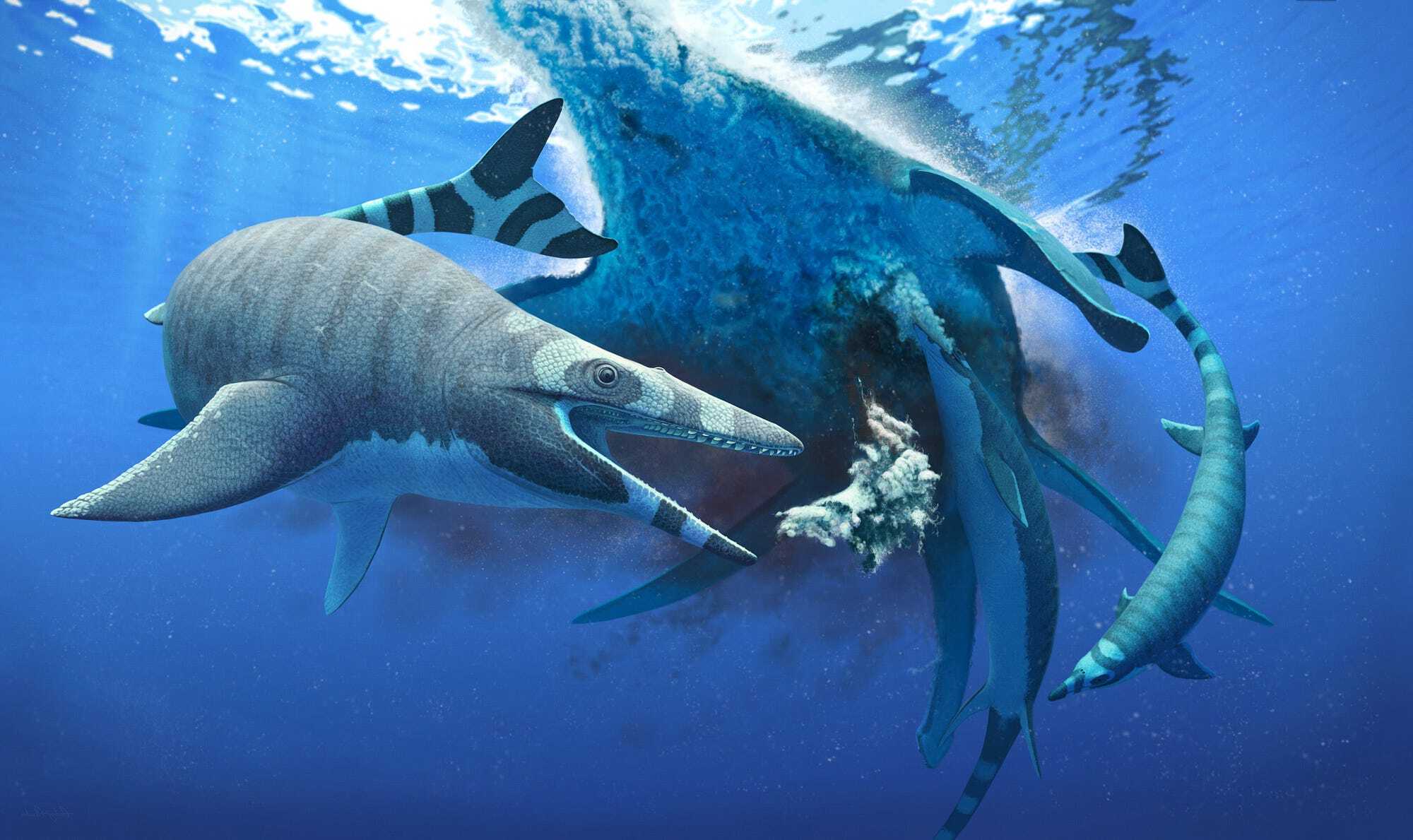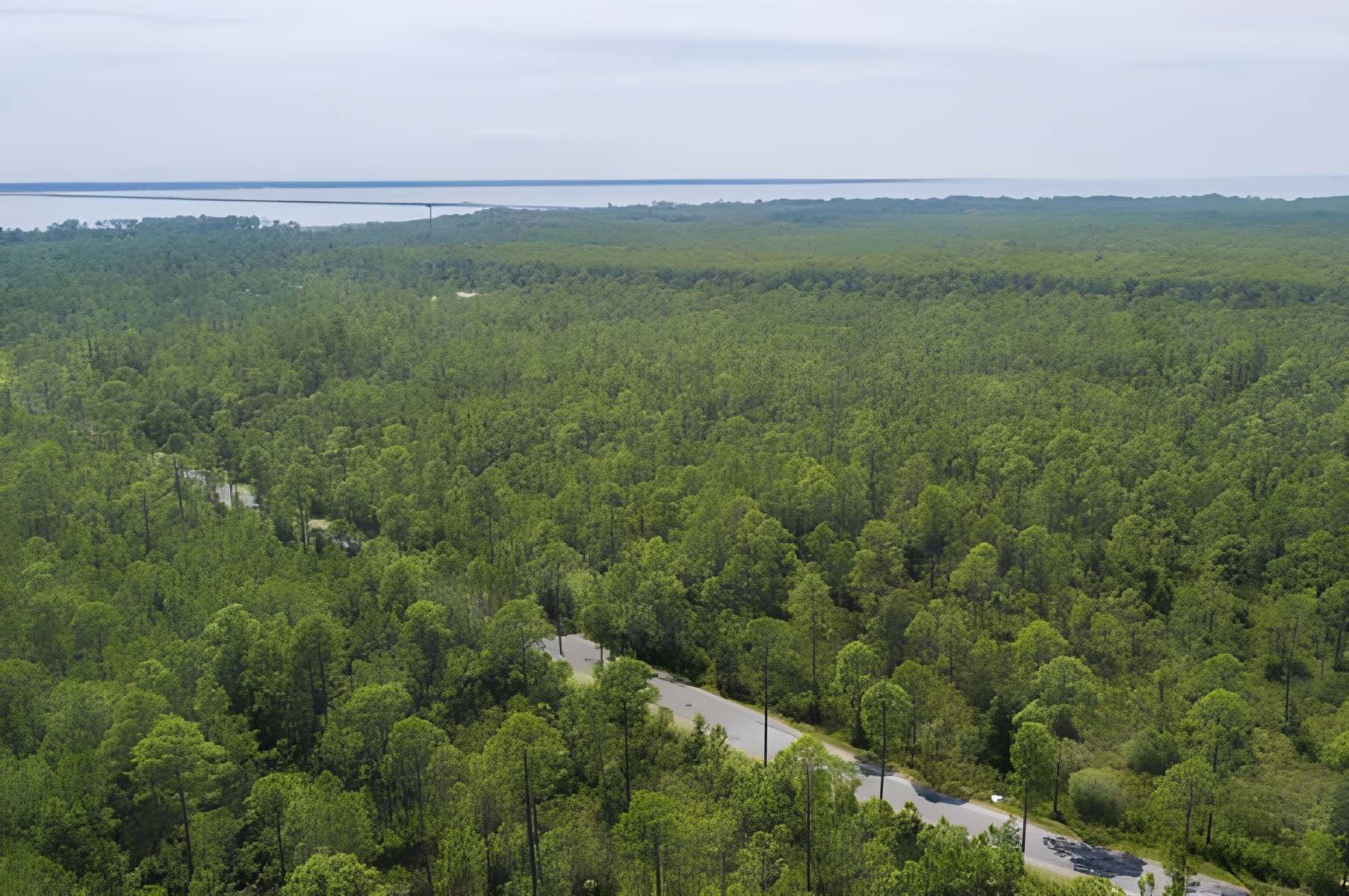
Prehistoric creatures have always fascinated us with their sheer size, unique features, and mysterious lives. From the towering Tyrannosaurus rex to the massive Megalodon, these ancient beings roamed the Earth long before humans appeared. But what do we really know about them? How did they live, hunt, and survive in a world so different from ours? This blog post dives into 35 intriguing facts about these ancient giants, shedding light on their existence and behaviors. Whether you're a budding paleontologist or just curious about the past, these facts will surely captivate your imagination and expand your knowledge about the incredible world of prehistoric life.
Key Takeaways:
- Dinosaurs, marine reptiles, flying reptiles, and early mammals all played unique roles in Earth's prehistoric past, shaping the world we know today.
- Prehistoric creatures were diverse, from giant dinosaurs to powerful marine reptiles and flying pterosaurs, paving the way for the rise of modern mammals after the extinction of dinosaurs.
Dinosaurs: The Giants of the Past
Dinosaurs roamed the Earth millions of years ago, leaving behind a legacy that still fascinates us today. Here are some intriguing facts about these ancient giants.
-
Dinosaurs lived during the Mesozoic Era, which spanned about 180 million years, from approximately 250 to 65 million years ago.
-
The word "dinosaur" means "terrible lizard". It was coined by Sir Richard Owen in 1842.
-
Not all dinosaurs were gigantic. Some, like the Compsognathus, were as small as chickens.
-
The largest dinosaur ever discovered is the Argentinosaurus, which could reach lengths of up to 100 feet.
-
Dinosaurs are closely related to birds. In fact, many scientists believe birds are modern-day dinosaurs.
-
The T-Rex had a bite force of over 12,000 pounds, making it one of the most powerful predators ever.
-
Some dinosaurs had feathers. Fossil evidence shows that species like the Velociraptor had feather-like structures.
-
Dinosaurs laid eggs. Some nests containing dozens of eggs have been found, showing they cared for their young.
-
The Stegosaurus had a brain the size of a walnut, despite its large body size.
-
Dinosaurs were not all cold-blooded. Some may have been warm-blooded, allowing for more active lifestyles.
Marine Reptiles: Masters of the Ancient Seas
While dinosaurs dominated the land, marine reptiles ruled the oceans. These creatures were just as fascinating and diverse.
-
The Ichthyosaurus resembled modern dolphins. It had a streamlined body and could swim at high speeds.
-
Plesiosaurs had long necks and small heads, making them look quite unusual compared to other marine animals.
-
The Mosasaurus was a giant marine reptile, growing up to 50 feet long and preying on anything it could catch.
-
Some marine reptiles gave birth to live young. Unlike most reptiles, they didn't lay eggs.
-
The Pliosaurus had extremely powerful jaws, capable of crushing the shells of large prey.
-
Marine reptiles had to surface for air, much like modern whales and dolphins.
-
The Elasmosaurus had a neck that could reach up to 46 feet long, making up more than half its body length.
-
Fossil evidence suggests some marine reptiles were warm-blooded, allowing them to thrive in colder waters.
Flying Reptiles: Rulers of the Skies
Flying reptiles, or pterosaurs, were the first vertebrates to achieve powered flight. Their adaptations for life in the air were remarkable.
-
Pterosaurs are not dinosaurs. They belong to a different group of reptiles.
-
The Pteranodon had a wingspan of over 20 feet, making it one of the largest flying reptiles.
-
Some pterosaurs had crests on their heads, which may have been used for display or balance.
-
The Quetzalcoatlus is the largest known flying animal, with a wingspan of up to 40 feet.
-
Pterosaurs had hollow bones, similar to modern birds, which helped reduce their weight for flight.
-
They had excellent eyesight, allowing them to spot prey from great distances.
-
Pterosaurs were covered in a hair-like fuzz, which may have helped with temperature regulation.
Mammals: Early Ancestors in a Dinosaur World
While dinosaurs were the dominant land animals, early mammals were quietly evolving in their shadows. These small creatures laid the groundwork for the mammals we know today.
-
The first mammals appeared around 200 million years ago, during the late Triassic period.
-
Early mammals were small and nocturnal, helping them avoid predation by dinosaurs.
-
The Morganucodon is one of the earliest known mammals, resembling a small shrew.
-
Some early mammals laid eggs, similar to modern monotremes like the platypus.
-
Mammals began to diversify rapidly after the dinosaurs went extinct, filling ecological niches left vacant.
-
The multituberculates were a group of early mammals that thrived for over 100 million years.
-
Early mammals had a more developed sense of hearing, thanks to the evolution of three middle ear bones.
-
The Juramaia is the oldest known eutherian mammal, an ancestor of placental mammals.
-
Mammals developed fur for insulation, which helped them survive in various climates.
-
The extinction of dinosaurs allowed mammals to become the dominant land animals, leading to the rise of many modern species.
The Final Roar
Prehistoric creatures continue to fascinate us with their mysteries and marvels. From the towering Tyrannosaurus rex to the massive Megalodon, these ancient beings paint a vivid picture of Earth's distant past. Their fossils offer clues about evolution, extinction, and the ever-changing planet. By studying them, we gain insights into the natural world and our place within it. Whether you're a budding paleontologist or just curious, there's always something new to learn about these incredible creatures. Keep exploring, keep questioning, and who knows? Maybe you'll uncover the next big discovery. Remember, the past is never truly gone; it lives on in the bones and stories of those who came before us. So, let's keep the spirit of discovery alive and continue to marvel at the wonders of prehistoric life.
Frequently Asked Questions
Was this page helpful?
Our commitment to delivering trustworthy and engaging content is at the heart of what we do. Each fact on our site is contributed by real users like you, bringing a wealth of diverse insights and information. To ensure the highest standards of accuracy and reliability, our dedicated editors meticulously review each submission. This process guarantees that the facts we share are not only fascinating but also credible. Trust in our commitment to quality and authenticity as you explore and learn with us.


